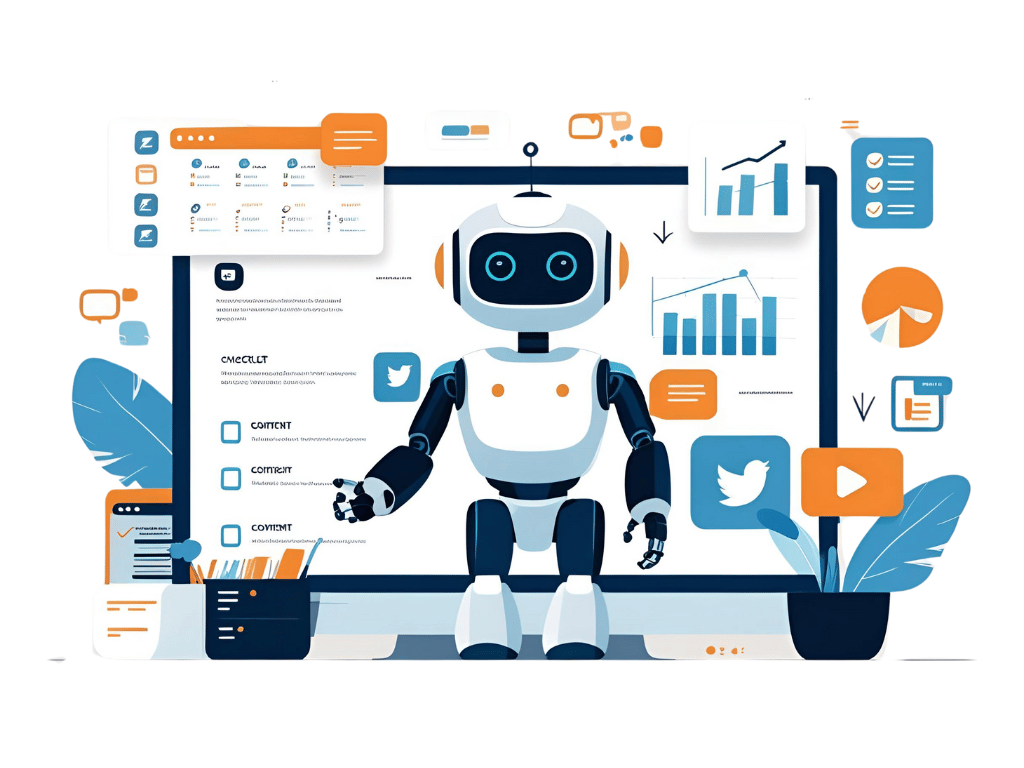- 9 min read

Your warehouse didn’t suddenly get smarter overnight. Your competitor just figured out how to give their camera system a brain.
That’s computer vision. And no, it’s not some sci-fi future hype. It’s here, it’s working, and it might be why the business down the street is processing 40% more inventory with the same headcount.
So if you’re manually inspecting shipments, chasing down missing product barcodes, or reviewing customer footage to figure out why Sally didn’t buy—grab a cold one. We’re going to walk through what computer vision is, how it works, and where it’s changing the game for teams like yours.
Think of it like this: Computer vision is the tech that lets machines “see” and make decisions based on visual input—like photos, videos, or even live camera feeds.
Imagine your eyes had a robot brain behind them. That brain would notice patterns, track objects, even read emotions (creepy but handy). Now imagine that same power built into your security cameras, inspection processes, or customer insight systems—and doing it all 24/7 without taking a bathroom break.
That’s computer vision (CV) in a nutshell.
It’s a subfield of artificial intelligence (AI) that gives computers the ability to process, analyze, and understand visual data, the same way humans (wish they always) could.
Because you’re probably burning hours every week on things CV can already do better:
If you’re still stuck in the “manual review” era, you’re racing a Tesla on crutches. And here’s the kicker—most of this tech doesn’t require a building full of PhDs to implement anymore.
Okay, so here’s how computer vision systems actually make sense of images:
Kind of like you glancing at your inbox and immediately spotting another cold pitch disaster. Only faster. And with less cynicism.
This isn’t a tech trend report. It’s a “here’s how people are already using the dang thing” situation.
Factories are using CV to scan products in real time as they come off the line. No more squinting at parts under bright lights. CV finds scratches, misalignments, even slightly off-center labels before your customer does.
Case in point: Audi uses it in welding to double-check safety and quality with surgical precision. No overtime pay needed.
Self-driving cars rely on CV for almost everything: spotting pedestrians, reading road signs, avoiding potholes. LIDAR + CV = depth perception, so your Uber of the future doesn’t plow into a mailbox.
CV helps radiologists detect signs of cancer, fractures, or spinal issues that might get overlooked by tired human eyes. It even counts pills and monitors sterilization tools. Super niche? Yes. But wildly helpful if you’re trying not to kill someone.
Companies like Amazon and UPS use CV-powered robots to scan, sort, and route packages. It's fast, it doesn’t panic, and it doesn’t take lunch breaks. You know, all the qualities you secretly want in your ops team.
Farmers are strapping CV systems to drones and farm machines to monitor plant health, detect pests, and time harvesting better. More food, less waste, and fewer last-minute crop funerals.
Look, here’s why SMBs, MSPs, agencies, and scrappy teams should give a damn:
This is where it gets spicy. The trends making CV even more accessible—and useful:
If your team spends hours processing images, checking visuals, or watching any kind of footage: it’s worth asking whether you should automate it.
Here’s what we’ve seen from clients embracing CV in their businesses:
And with the right automation partner (hi, that’s us), you don’t need to build it from scratch. We offer semi-custom and done-for-you CV automations in logistics, marketing, client services and more.
You don’t need to be Amazon to use computer vision. You just need to pick a workflow that’s frustrating your team—and find smarter ways to handle it.
Book a free Workflow Optimization Session and we’ll show you what’s working, what’s wasting time, and whether CV could do some of the heavy lifting.
No pressure. No hype. Just real systems that help real humans do more—with less headache.
River Braun, founder of Timebender, is an AI consultant and systems strategist with over a decade of experience helping service-based businesses streamline operations, automate marketing, and scale sustainably. With a background in business law and digital marketing, River blends strategic insight with practical tools—empowering small teams and solopreneurs to reclaim their time and grow without burnout.
Schedule a Timebender Workflow Audit today and get a custom roadmap to run leaner, grow faster, and finally get your weekends back.
book your Workflow optimization session